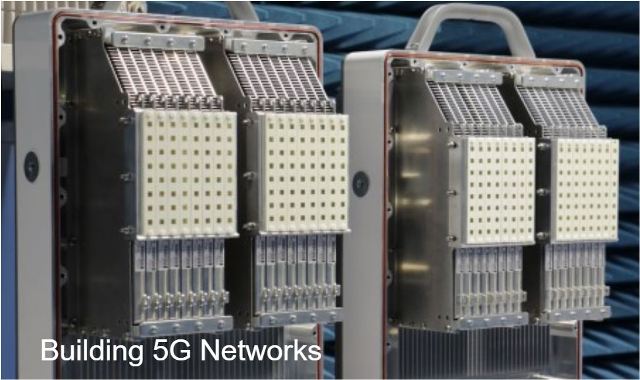 Verizon Communications today said it will be spending nearly $17.8 billion towards Capex, including the commercial launch of 5G, in 2018.
Verizon Communications today said it will be spending nearly $17.8 billion towards Capex, including the commercial launch of 5G, in 2018.
This is not a good development for telecom equipment makers because Verizon is planning to spend between $17 billion — $17.8 billion this year. In fact, Verizon will be lowering its capital spending if the investment touches $17 billion towards the end of the current year as compared with 2017.
Verizon has slightly increased its total Capex to $17.247 billion in 2017 from $17.059 billion in 2016. Verizion’s wireless Capex fell to $10.31 billion in 2017 from $11.24 billion in 2016. Verizon has expanded its wireline Capex to $5.339 billion in 2017 from $4.504 billion in 2016.
Ericsson has recently won a telecom equipment supplier deal from Verizon to roll out 5G across key markets in the U.S. Nokia has lost the 5G deal. Nokia has recently added NTT Docomo as the first client for its 5G deal list.
Verizon, announcing the financial result for Q4 2017, said its consolidated revenues will grow at low-single-digit percentage rates, Verizon is on track to achieve year-over-year wireless service revenue growth by the middle part of 2018.
Verizon in Q4
Wireless revenue of $23.8 billion (+1.7 percent)
Wireless EBITDA of $9.5 billion with margin of 39.8 percent
Wireline revenue of $7.6 billion (–3.6 percent)
Wireline EBITDA of $1.6 billion with margin of 20.9 percent
Media revenue of $2.2 billion
Telematics revenues of $230 million
Verizon’s IoT revenues grow 8 percent
Verizon CEO Lowell McAdam said: “In 2018 we look to drive long-term shareholder value by deploying next-generation network services, leveraging global platforms such as Oath, and using our strategic Humanability approach to turn innovative ideas into realities.”
Verizon will use nearly $3.5 billion – $4 billion cash flow being generated due to tax-reform legislation to strengthen Verizon’s balance sheet.
Verizon will announce how employees will further share in the company’s success, and the company will also be increasing contributions to the Verizon Foundation by $200 million to $300 million over the next two years.
Main facts about Q4
Verizon posted consolidated operating revenues of $34 billion (+5 percent) in Q4 and $126 billion (–2 percent) in 2017.
Verizon recorded net income of $18.8 billion in Q4 and an EBITDA of approximately $9.2 billion with EBITDA margin of 27.2 percent compared with 37.1 percent in fourth-quarter 2016.
Verizon’s media business called Oath registered quarterly revenues of $2.2 billion (+10 percent from third-quarter 2017), driven by increased customer advertising spending during the holidays.
Verizon’s telematics revenues were more than $230 million.
Verizon’s IoT revenues increased 8 percent. Verizon did not disclose the revenue from its IoT business. China Mobile and Vodafone are some of the leading telecom operators in the growing IoT space.
Verizon has added 1.2 million retail post-paid connections to end the year 2017 with 116.3 million retail connections — 110.9 million post-paid connections and 5.4 million pre-paid connections.
Meanwhile, Verizon has retained its lead among 12 strategic commercial telematics suppliers in ABI Research’s competitive analysis. Trimble and Geotab ranked second and third place, respectively. Trimble came remarkably close, benefitting from its scale, extensively broad verticals as well as converged telematics and video.
Baburajan K





